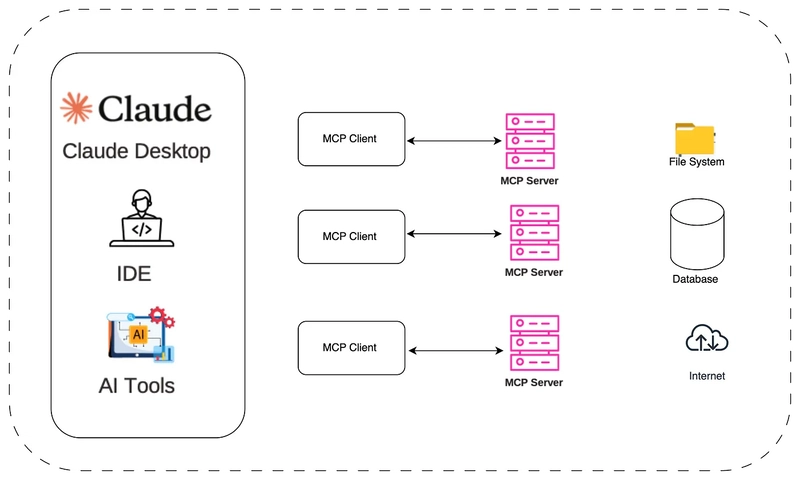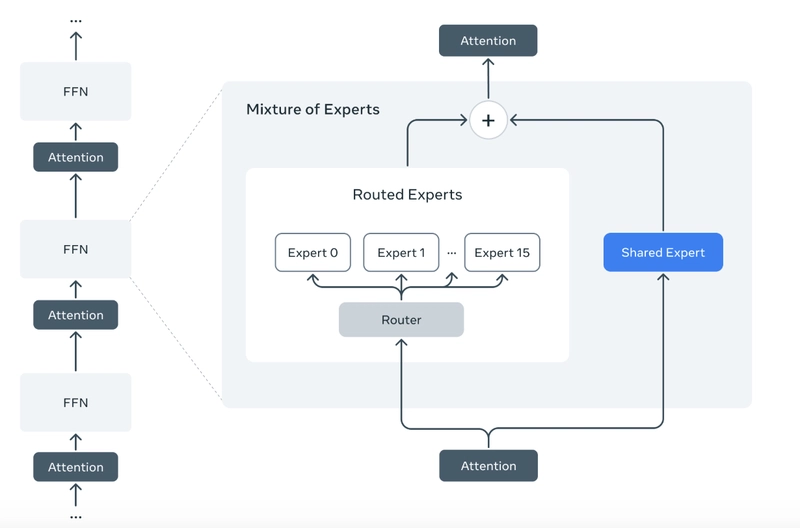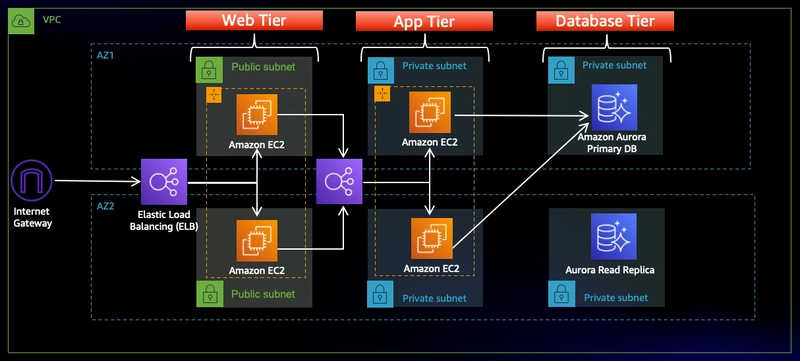How to Reset AUTO_INCREMENT in MySQL After Deleting Rows
Problem Statement Recently, while working with a MySQL database, I encountered an issue related to AUTO_INCREMENT behavior in a table named News. Initially, the table had five records, but I deleted the last two. Later, when inserting new data, I noticed that the id column was not sequentially picking up from where I expected. Instead of starting from 4, the next inserted record had an id of 6, skipping the deleted values. This happens because MySQL's AUTO_INCREMENT does not automatically adjust after deletions. It simply remembers the highest used id and continues from there. If you’re facing a similar issue and want the next inserted record to follow a custom id sequence, here’s how you can solve it. Solution: Reset AUTO_INCREMENT The fix is quite simple. You need to reset the AUTO_INCREMENT value to the desired number using the ALTER TABLE statement. SQL Query to Reset AUTO_INCREMENT ALTER TABLE News AUTO_INCREMENT = 4; How This Works: The ALTER TABLE command resets the AUTO_INCREMENT counter. In this case, setting AUTO_INCREMENT = 4 ensures that the next inserted record starts from 4 instead of skipping numbers. This works only if no higher id values exist in the table. If you already have an id = 6, setting AUTO_INCREMENT = 4 will not work since 6 is already taken. Check Your Highest ID Before Resetting To avoid conflicts, you can check the highest existing id before resetting: SELECT MAX(id) FROM News; Then, set AUTO_INCREMENT accordingly. Things to Keep in Mind ✅ MySQL & MariaDB Support: This method works for MySQL and MariaDB databases. ✅ Does Not Affect Existing Data: Resetting AUTO_INCREMENT does not modify existing records, only future inserts. ✅ Primary Key Integrity: Ensure there are no conflicting IDs before resetting AUTO_INCREMENT.

Problem Statement
Recently, while working with a MySQL database, I encountered an issue related to AUTO_INCREMENT behavior in a table named News. Initially, the table had five records, but I deleted the last two. Later, when inserting new data, I noticed that the id column was not sequentially picking up from where I expected. Instead of starting from 4, the next inserted record had an id of 6, skipping the deleted values.
This happens because MySQL's AUTO_INCREMENT does not automatically adjust after deletions. It simply remembers the highest used id and continues from there.
If you’re facing a similar issue and want the next inserted record to follow a custom id sequence, here’s how you can solve it.
Solution: Reset AUTO_INCREMENT
The fix is quite simple. You need to reset the AUTO_INCREMENT value to the desired number using the ALTER TABLE statement.
SQL Query to Reset AUTO_INCREMENT
ALTER TABLE News AUTO_INCREMENT = 4;
How This Works:
- The
ALTER TABLEcommand resets theAUTO_INCREMENTcounter. - In this case, setting
AUTO_INCREMENT = 4ensures that the next inserted record starts from4instead of skipping numbers. - This works only if no higher
idvalues exist in the table. If you already have anid = 6, settingAUTO_INCREMENT = 4will not work since6is already taken.
Check Your Highest ID Before Resetting
To avoid conflicts, you can check the highest existing id before resetting:
SELECT MAX(id) FROM News;
Then, set AUTO_INCREMENT accordingly.
Things to Keep in Mind
✅ MySQL & MariaDB Support: This method works for MySQL and MariaDB databases.
✅ Does Not Affect Existing Data: Resetting AUTO_INCREMENT does not modify existing records, only future inserts.
✅ Primary Key Integrity: Ensure there are no conflicting IDs before resetting AUTO_INCREMENT.









































































































































































![[The AI Show Episode 142]: ChatGPT’s New Image Generator, Studio Ghibli Craze and Backlash, Gemini 2.5, OpenAI Academy, 4o Updates, Vibe Marketing & xAI Acquires X](https://www.marketingaiinstitute.com/hubfs/ep%20142%20cover.png)


























































































































![[FREE EBOOKS] The Kubernetes Bible, The Ultimate Linux Shell Scripting Guide & Four More Best Selling Titles](https://www.javacodegeeks.com/wp-content/uploads/2012/12/jcg-logo.jpg)



![From drop-out to software architect with Jason Lengstorf [Podcast #167]](https://cdn.hashnode.com/res/hashnode/image/upload/v1743796461357/f3d19cd7-e6f5-4d7c-8bfc-eb974bc8da68.png?#)







































































































.png?#)




.jpg?#)
































_Christophe_Coat_Alamy.jpg?#)
 (1).webp?#)








































































































![Rapidus in Talks With Apple as It Accelerates Toward 2nm Chip Production [Report]](https://www.iclarified.com/images/news/96937/96937/96937-640.jpg)







































































































































